
OR
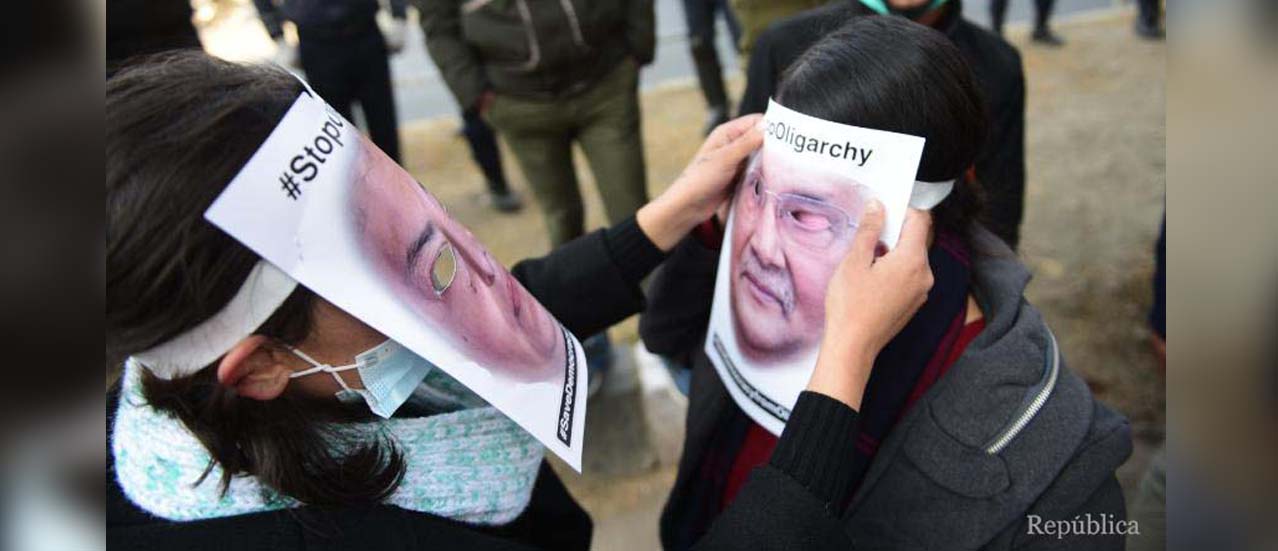
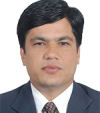
Jiva Nath Lamsal
Jiva Nath Lamsal, Lecturer at Central Department of English, TU, is pursuing PhD at Department of Theatre and Performance Studies, Faculty of Arts and Social Sciences at University of Sydney.news@myrepublica.com
Nepali people have brought down the dictators through revolutions. Remember 2007.
To an utter dismay of Nepali people, Nepali politics has again taken a nasty, ugly turn. After Prime Minister KP Sharma Oli dissolved the House of Representatives on December 20, Nepal’s newly adopted Federal Democratic Republican system and constitution written by Constituent Assembly has fallen into crevice. It has pushed the nation to a chaos and uncertainty betraying Nepali people’s age-old aspirations for political stability and prosperous Nepal. This has also led to the erosion of trust in political parties.
Street has now become a theatre to perform the absurdity of Nepali politics.
Political actors are now turning into clowns of farcical performances. They have become the butt of laughter in social media and everyday conversations. Though entertaining at times, they create a bizarre picture and bleak image at this point in Nepali history. After the merger of CPN-UML and Maoist Center in May 2018, Nepali people had placed great trust on the political actors of Nepal Communist Party (NCP). People had given almost two thirds majority in the general elections to NCP. Nepali people had expected that the NCP and its political actors will emerge as heroes by brining massive transformation in the lives of Nepali people.
Now they look like villains.
Rise and fall
In Nepali history, dictators have risen and fallen in various phases. Gopalis were the first rulers of the Kathmandu Valley. After the reign of eight Gopali kings, Ahir Banshi (descendants of buffalo-herders) kings ruled for a brief period of time. Ahira Banshi kings were defeated by Kirata kings who, as Rishikesh Shaha maintains, migrated from the east sometime during the fifth or sixth centuries BCE and ruled over a thousand years.
Indo-Aryan Licchavis in the third century CE conquered Kirata kings and ruled till 750 CE. Shaha further writes that the Thakuri dynasty succeeded the Licchavis and ruled for some six hundred years till 1200 CE. After Thakuris, Malla kings ascended to the throne in 1200 CE and ruled for more than 500 years. Malla dynasty came to an end when the ninth Shah king, Prithvi Narayan Shah (1723-1775) from Gorkha, one of the chiefdoms of contemporary Nepal, conquered the Kathmandu Valley in 1768. The emergence of a non-royal strongman Jang Bahadur Rana led to the establishment of oligarchic rule in Nepal following a massacre in Kathmandu in 1846. Janga Bahadur wiped out almost all of the leading political personalities of the day by reducing the king to an ineffectual figurehead. They continued ruling as hereditary and dictatorial prime ministers for over a century taking absolute control of the administration.
Encouraged by the nationalist fervour and independence movement against British Empire in India, king Tribhuvan and Nepali people at home and abroad waged a movement against Rana oligarchy.
Ultimately, Rana rule came to an end in 1950 after 104 years of tyrannical rule and democracy was introduced in Nepal. After the death of King Tribhuvan in 1955, his eldest son Mahendra Bir Bikram Shah Dev ascended to the throne. King Mahendra nipped the democracy in the bud and began party less Panchayat system that continued for 30 years till people’s movement of 1990, also known as Janaandolan I, toppled it and Nepal’s democracy was restored. Political parties, particularly Nepali Congress and Nepal Communist Party could not deliver as per the people’s expectations in post-1990 period. “The first decade”, Carol C Davis writes, “after the democratization of Nepal saw little progress in these areas, however, which in turn helped foster dissent in the ensuring years and helped nurture the feelings of despair.”
Abolition of monarchy
In 1996, Maoists began their guerrilla warfare against the state. Nepal fell into the vicious circle of conflict and violence. Maoist guerrillas harassed, robbed, mutilated and eventually ambushed and murdered those who disagreed with them, especially in rural areas.
When on June 1, 2001, king Birendra and the whole of his immediate family were murdered it further pushed the country into a chaos. Birendra’s middle brother Gynendra Bir Bikram Shah ascended to the throne. He took the state control in his hands and formed a council of minister in his chairmanship in 2005. Gyanendra’s penchant for tyrannical system brought political parties together compelling them to sign the Comprehensive Peace Accord with the Maoist in 2006. Ultimately, Gyanendra could not resist anymore and the parliament was restored. Monarchy was abolished in 2008.
Constituent Assembly was created and it wrote and promulgated the Constitution of Nepal in 2015. But development remained a distant dream. In this context , when PM Oli came up with “Prosperous Nepal, Happy Nepali” vision and vowed to implement it, people thought he meant it.
Unfortunately, because of intra-party feuds, Oli dissolved the House creating a chaos in the country. All other political parties have taken to the streets protesting against the unconstitutional and tyrannical move of KP Oli. As the case is subjudice in Supreme Court, let’s hope that a judicious decision will come out.
For now, people are their own judges. In different points in Nepal’s history, Nepali people have shown indefatigable spirit for democracy, freedom of press and human rights. People will stand to safeguard the gains of the new political system for which they have struggled so hard.
As we can see in Nepal’s history, the rulers’ unrestrained political ambitions and vested interests have spurred many “kandas” and “parvas”. Political actors of Nepal should always keep in mind that people have brought down the dictators through revolutions. Remember 2007.
You May Like This
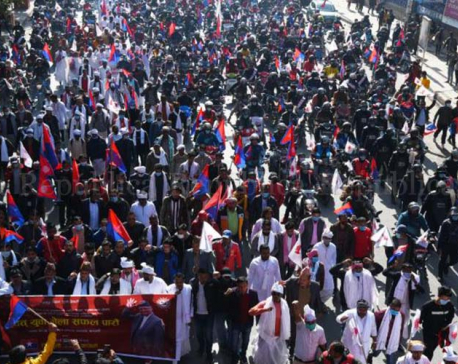
PM Oli loyalists hold rally in support of House dissolution (with photos)
KATHMANDU, Jan 9: A faction of the ruling Nepal Communist Party (NCP) close to Prime Minister KP Sharma Oli has staged... Read More...
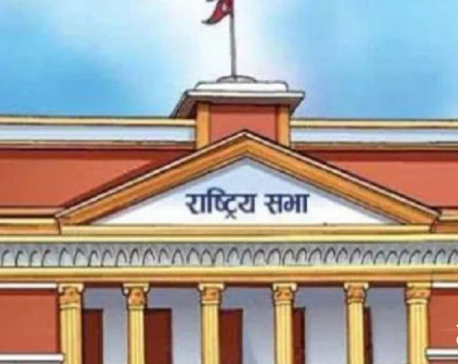
National Assembly member election to be held on January 26
KATHMANDU, Nov 20: The government has slated the date for election for the members of the National Assembly on January... Read More...
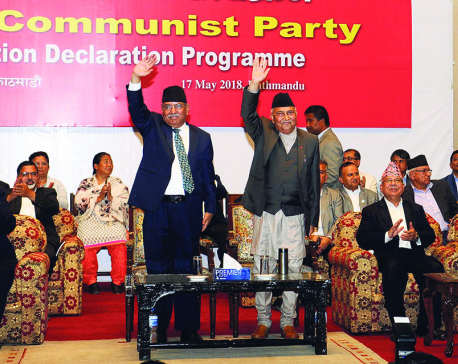
Politics for power
Nepal’s political parties, despite doing a lot for political change, have not been able to develop much-needed political culture ... Read More...
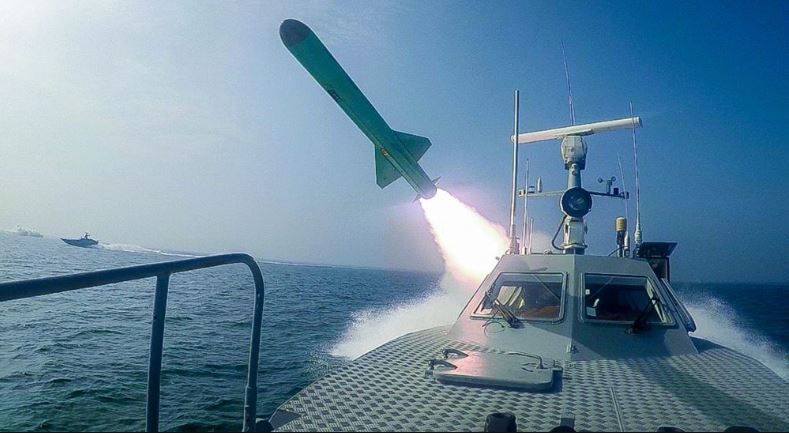
Just In
- KMC to organize a month-long skill fair from May 1
- Birgunj Metropolis collects over Rs 360 million in revenue
- NEPSE plunges below 2,000 points after one and a half months; daily turnover declines to Rs 2.10 billion
- AI Index Report-2024: AI still behind humans on complex tasks like competition-level mathematics
- Daiji-Jogbudha road construction at snail’s pace
- Govt fails to adopt podway technology despite its potential in Nepal
- Jhulaghat border crossing in Baitadi to remain closed from this evening
- Universities will be free from partisan interests: Education Minister


















Leave A Comment